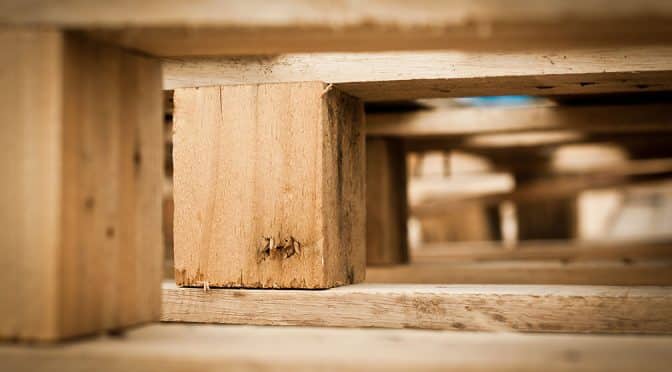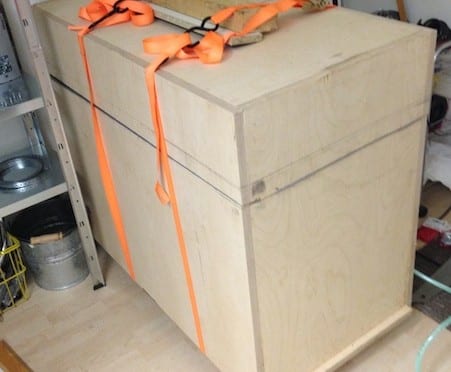Tag: workshop
DIY Pallet Planter box – Easy to build & Recycle!
Here’s a DIY planter box (with some character) made from an old wooden pallet! Here’s some inspiration for your own project. To complete this project, I basically needed: Pallet(s) – I literally got one of these of a nearby footpath, you might need two depending on the size. I used two small pallets to make this big…
DIY Soundproof box for noisy air compressors
I have a 1.5 horsepower air compressor and it’s noisy, about 95db… …and here’s how I solved the problem. I built a soundproof box for it. To be honest, when I was designing and building the box, I had some fears that it wouldn’t be very effective – for example, the compressor I have is simply…


